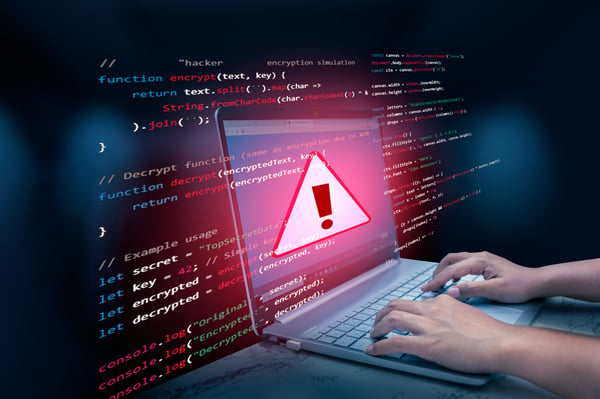Windows 10 End-of-Life
Everything You Need to Know
From 14 October 2025, Microsoft will no longer support Windows 10. That means no more updates, technical support, or security fixes. While your IT systems won’t shut down overnight, without the safeguards and enhancements provided by regular updates, continuing with Windows 10 after this date introduces serious risks to security, compliance, and ongoing maintenance.
The clock is ticking, but you still have time to prepare. Planning ahead can help you avoid disruption and ensure your business remains protected, efficient, and compliant.
Why it matters
🔐 32% of cyberattacks exploit unpatched software vulnerabilities. Unsupported systems are a prime target.
Running Windows 10 beyond the support deadline could leave you exposed to:
-
Malware and ransomware
-
Downtime from system vulnerabilities
-
GDPR and industry compliance issues
-
Cyber insurance and supply chain complications

You have options, Babble helps you pick the right one.
Depending on your current setup, there are three clear routes forward. There’s no one-size-fits-all. Your next steps depend on the devices you're currently using. We’ve helped hundreds of organisations upgrade with zero downtime and maximum ROI.
As a trusted Microsoft Solutions Partner, Babble gives you a plan, a clear path forward, and hands-on support every step of the way.
Upgrade to Windows 11
If your device meets Microsoft’s system requirements, upgrading is straightforward and free. This is the fastest way to stay protected and avoid disruption. Ideal for most devices purchased in the last 2–3 years.
Replace Outdated Devices
Some machines won’t support Windows 11. Replacing them with newer, secure-by-design hardware helps future-proof your setup and unlocks modern features. Ideal for older or unsupported devices.
Temporary Extensions (ESUs)
Explore Windows 11 Ready Devices

Your Biggest Security Risk This Year? Running Windows10 After EOL
Understand why continuing to use Windows10 after its End of Life in October 2025 will leave your business vulnerable to cyber attacks and compliance risks.
FAQ Section
After the End-of-Life date, Windows 10 will no longer receive any security updates, feature updates, or technical support from Microsoft. Your PC will become more vulnerable to security issues.
You can continue using Windows 10, but it’s not recommended by Microsoft. Without regular updates, your PC could face serious security vulnerabilities.
Generally, the update takes between 30 minutes to an hour depending on download speeds and device spec. If you have M365 Business Premium, you can use Intune or Autopatch to create a policy to update all your devices. If you are a Babble managed customer, we can help.
If your PC is older, it may not meet the hardware requirements for Windows 11. In this case, you’ll need to replace it with a new computer.
Extended Security Updates are a paid service offered by Microsoft to extend security updates for up to three years beyond the End of Life for certain Windows 10 Enterprise Editions. Learn more here: Extended Security Updates (ESU) program for Windows 10
